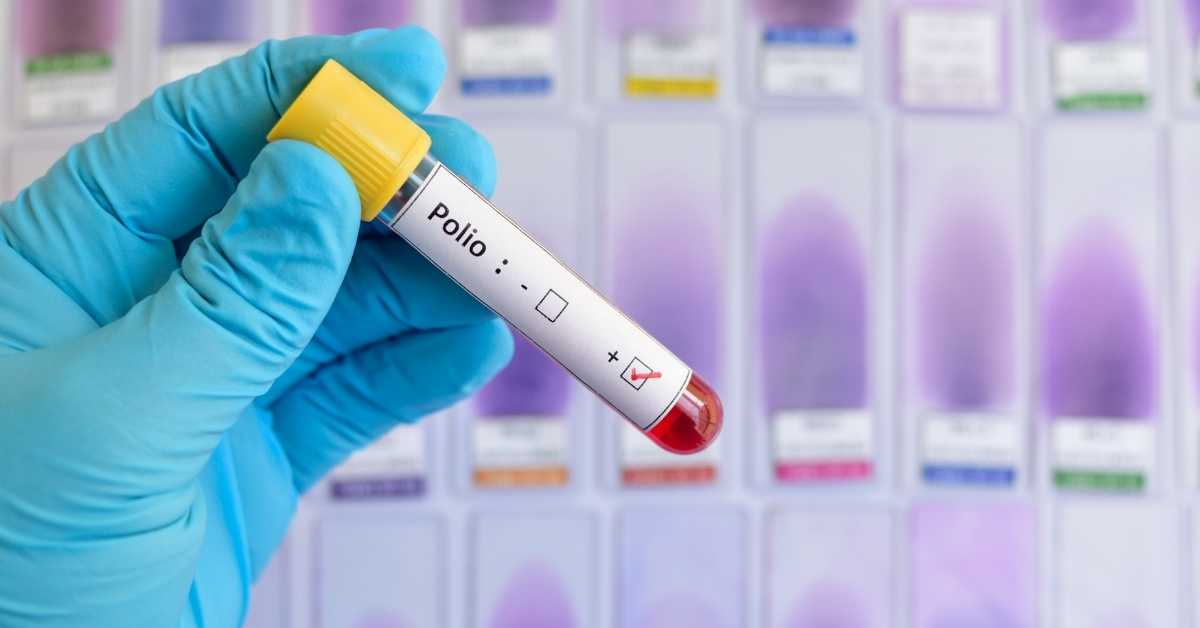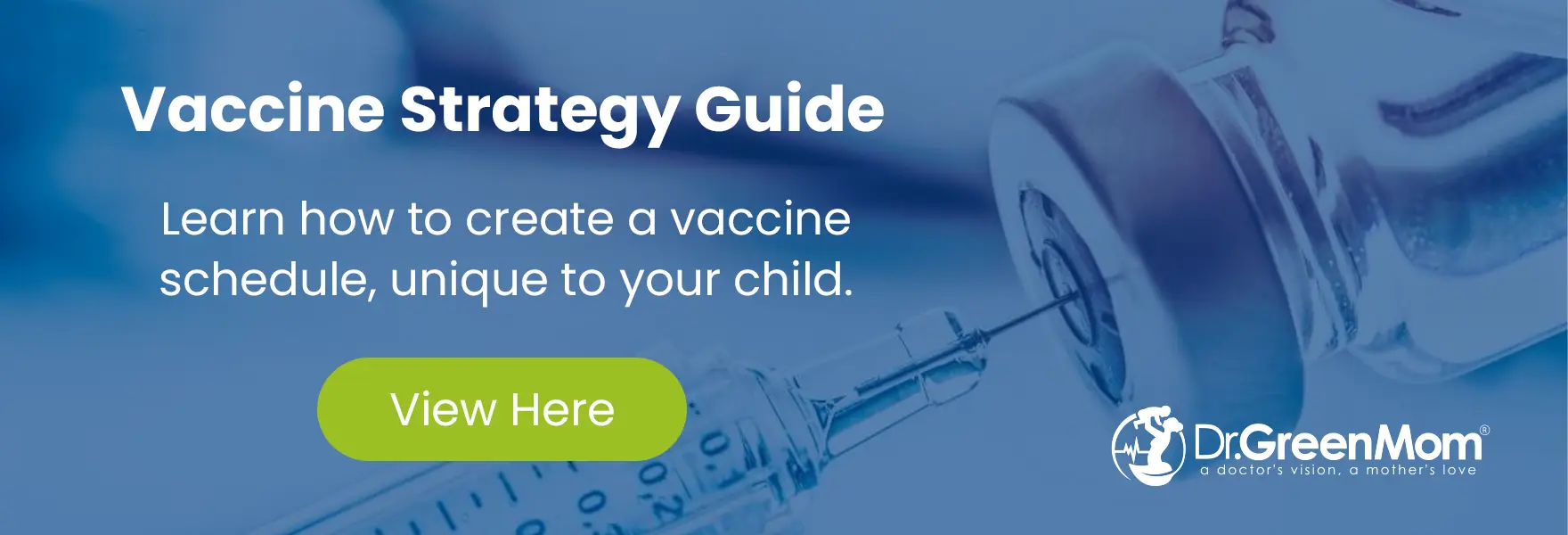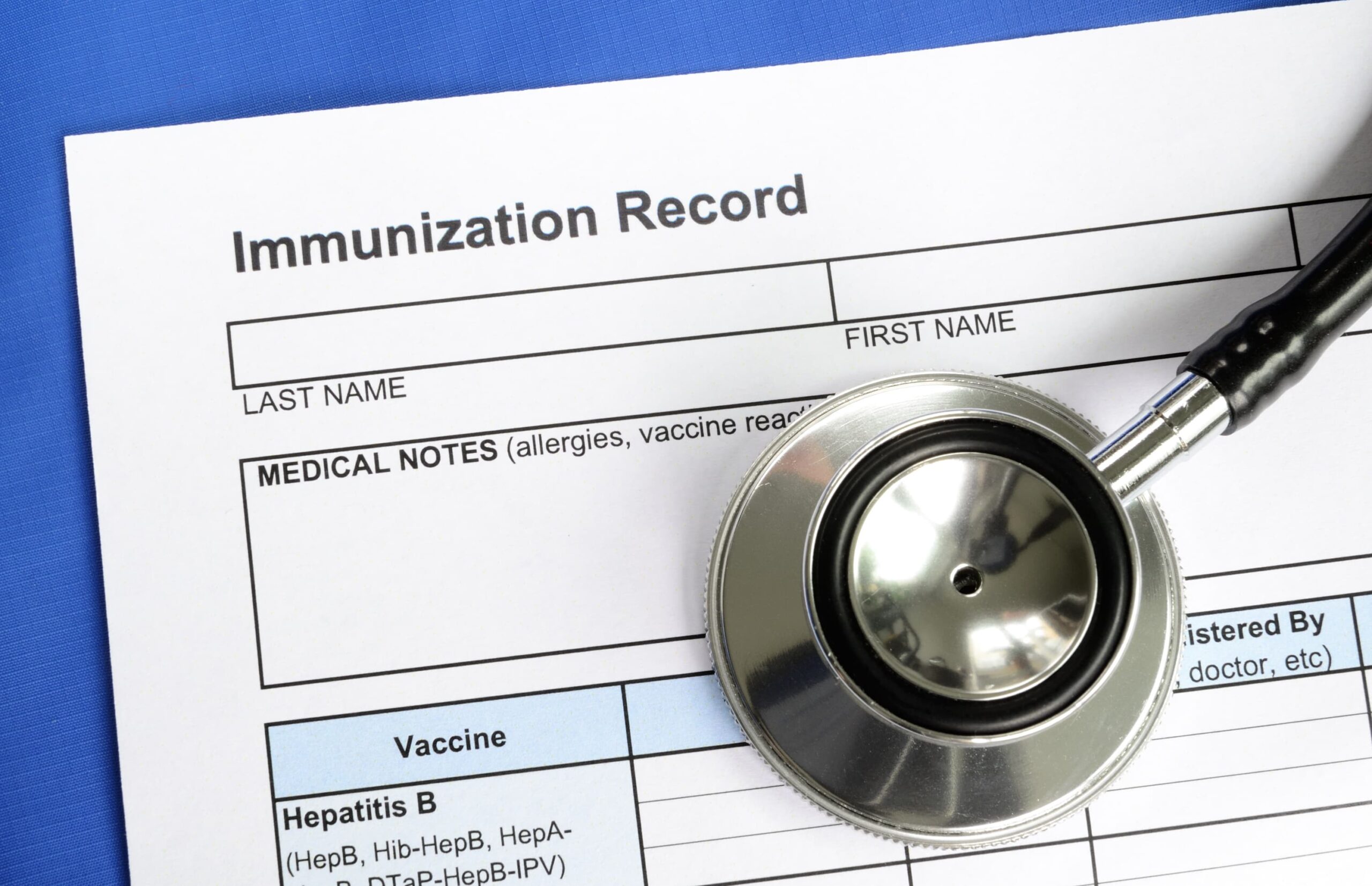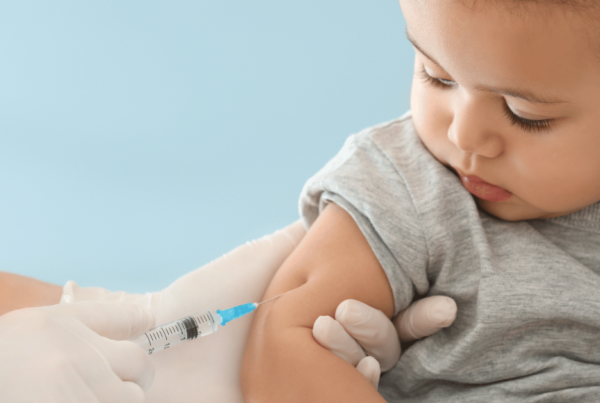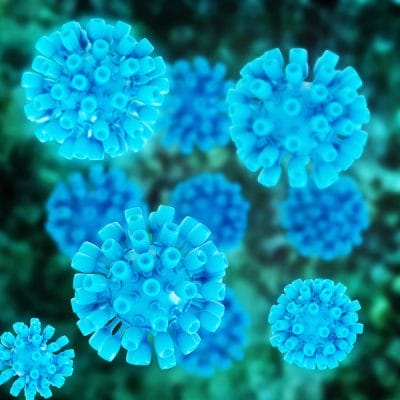This summer a case of paralytic polio was reported to the CDC. I’ve been getting a number of questions from my community, so I’ve written a three-part series of articles explaining what parents need to know about polio.
- What Is Polio? How is it Prevented & Treated?
- How Do Polio Vaccines Cause Polio?
- Inactivated Polio Vaccine: What Parents Need To Know
What Is Polio?
Polio (aka poliomyelitis) is a contagious disease caused by an intestinal virus called poliovirus. Most people (70-95%) infected with polio get mild or no symptoms. The majority of the remaining people who contract polio get moderate symptoms like fever, fatigue, nausea, headache, stiffness of the head and neck, and limb pain. People with mild or moderate cases of polio often never know that they have had polio, but they do get lifelong immunity.
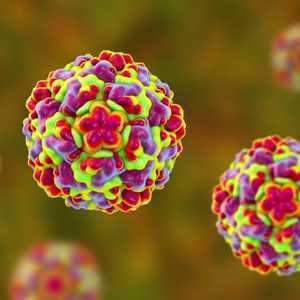 Severe cases of polio happen in less than 1% of people infected. In these rare cases, poliovirus can attack the nerve cells of the brain and spinal cord leading to weakness and paralysis. Encephalitis (swelling of the brain) may occur, especially in infants. Paralysis, usually of the lower limbs, can occur and may be lifelong. If the respiratory muscles become paralyzed, death may occur.
Severe cases of polio happen in less than 1% of people infected. In these rare cases, poliovirus can attack the nerve cells of the brain and spinal cord leading to weakness and paralysis. Encephalitis (swelling of the brain) may occur, especially in infants. Paralysis, usually of the lower limbs, can occur and may be lifelong. If the respiratory muscles become paralyzed, death may occur.
Some people with polio may go on to develop post-polio syndrome, a debilitating form of progressive muscular weakness that usually arises 15-40 years after recovery from infection with polio.
How Is Polio Spread?
Polio is extremely infectious and is spread by contact with contaminated feces or by ingesting contaminated food or water. It can also be spread through saliva or in droplets from a sneeze or cough from an infected person, but this is less common.
How Is Polio Prevented?
Polio is spread mostly through contact with contaminated feces (aka the orofecal route); therefore, good hygiene is essential. People who care for babies and young children who are still in diapers need to be especially mindful. Handwashing and proper disposal of diapers is key. Cities need to maintain clean drinking water and good wastewater management.
The injected polio vaccine offers excellent protection against the severe manifestations of polio. Two doses confer 90% immunity and three give 99% immunity. This vaccine has very few side effects, and on a personal note, I’ve never seen a serious side effect of the polio vaccine in my medical practice. Read more about polio vaccines here.
What Treatment Is Available For Polio?
There are no antivirals available for poliovirus. Polio treatment is focused on relieving symptoms. We simply have to wait for it to run its course.
Conventional treatments may include fluids, pain relievers, rest, ventilation support, and physical therapy.
Integrative treatments would include the above. Nutritional immune support with vitamins A, C, D, and zinc may be added based on what we know about how the body fights viral infections. However, there hasn’t been any research into nutritional strategies to treat polio, so we can’t say with confidence whether it would be effective.
It is difficult to predict which, if any, natural antivirals would be effective against poliovirus. There is limited evidence that moringa may inhibit polio in laboratory experiments, but at this point, it is unknown whether moringa would be helpful to prevent or treat polio in a real-life setting.
Summary
Polio is a disease caused by an extremely infectious intestinal virus that is spread primarily through the orofecal route. Polio infection is usually asymptomatic or causes mild to moderate flu-like symptoms. However, in some cases, polio can cause neurological symptoms like encephalitis, lifelong paralysis, or even death. Prevention of polio focuses on hygiene and vaccination. There are no known treatments.
Next: How Do Polio Vaccines Cause Polio? – Dr. Green Mom
Further Reading From The CDC:
Polio Disease and Poliovirus | CDC
References:
Okoye, Ebele. (2014) Inhibition of the poliomyelitis viral-induced cytopathic effect by extracts of Moringa oleifera Lam. Australian Journal of Herbal Medicine, 26.
Guo JP, Pang J, Wang XW, Shen ZQ, Jin M, Li JW. In vitro screening of traditionally used medicinal plants in China against enteroviruses. World J Gastroenterol. 2006 Jul 7;12(25):4078-81. doi: 10.3748/wjg.v12.i25.4078. PMID: 16810764; PMCID: PMC4087726.
Federico, G., Genoni, A., Puggioni, A., Saba, A., Gallo, D., Randazzo, E., Salvatoni, A., & Toniolo, A. (2018). Vitamin D status, enterovirus infection, and type 1 diabetes in Italian children/adolescents. Pediatric diabetes, 19(5), 923–929. https://doi.org/10.1111/pedi.12673
Liu, S., Cao, X., Guo, H., & Wei, W. (2021). Zinc Influx Restricts Enterovirus D68 Replication. Frontiers in microbiology, 12, 748
